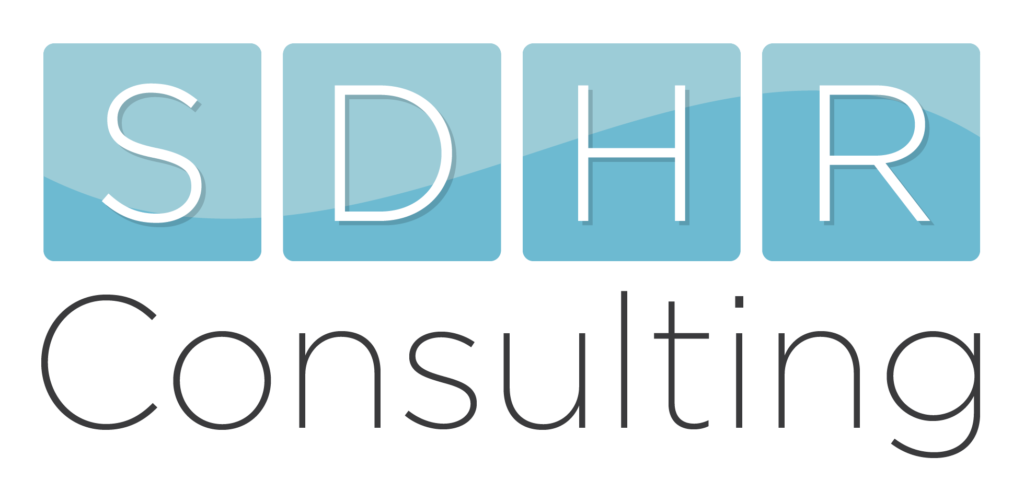Dogs are known as “man’s (or woman’s) best friend.” It is said we are spending more on our pets than ever before and there is even a new term called the “humanization of animals” to explain the phenomenon in America surrounding pets. Some companies have started to allow dogs, and other animals, to come to work with their employees, which is solely based on the culture of that company and the choices of the business owner. While many of us have pets for pleasure and companionship, many individuals around the world own service animals who “have been individually trained to do work or perform tasks for an individual with a disability,” according to the Americans with Disabilities Act (ADA). The rigorous training these service animals undergo allows them to perform a defined task, specific to their owner’s needs.
Service animals are allowed special privileges other animals may not have, such as being able to be in a plane cabin, non-animal friendly hotel rooms, restaurants, and the workplace. While many may think of service animals as only dogs, the term “service animal” is much broader than it may appear. In the state of California, service animals can include emotional support, therapy, comfort, and companion animals. The term is also not limited to dogs but can include other species such as guinea pigs, cats, rats, and more. Whether you are the employee or the employer, various questions may arise when it comes to animals in the workplace and if the accommodation is necessary. Our questions and answers below are from the ADA’s regulations and are intended to help provide some clarity when it comes to service animals in the workplace.
• As an employer, can I ask my employee for proof that shows the animal they are requesting to bring to work is a certified service animal?
No. It is never appropriate to ask for verification that states an animal is a service animal nor is it required in order to accommodate an employee’s request. There are two questions employers are allowed to ask when deciding if they can accommodate their employee’s request. First, “Is the service animal required because of a disability?” and second, “What work or task has the dog been trained to perform?”
• Do service animals have to wear a vest, patch, special harness, or any form of equipment identifying them as service animals?
No. The ADA does not require service animals to wear anything in specific that states they are in fact service animals, including a vest, harness, or ID tag.
• Who will be in charge of the service animal while in the workplace?
The owner of the service animal is fully responsible for caring for and supervising the animal. This includes bathroom breaks, feeding, grooming, vaccinations, and veterinary care.
• What if the service animal is out of control, acting up, or severely disrupting other employees?
Service animals must be under control of their owner at all times which means they either need to be harnessed, leashed, or tethered while in public areas, or under control of voice commands, signals, or other effective means of control. If the service animal is being disruptive or out of control, the employer has the right to ask the animal to be removed from the workplace. The employer may ask the service animal to be removed from the workplace if it is out of control and the employee does not take action to control it, the animal is not housebroken, the facility cannot accommodate the animals type, size, or weight, or if the presence of the animal compromises legitimate safety requirements necessary for safe operation of the facility.

These questions are a basic guideline to service animals in the workplace. Of course, there are other issues that may arise such as if another employee is allergic to animals or is fearful of the animal. At SDHRC, we are here to consult with you on these topics so you can effectively and responsibly address the matter. Our highly skilled consultants will work closely with your company’s specific needs, expectations and satisfying resolutions. We can also assist in creating a policy and an acknowledgment for the person to sign that lays these topics in an organized manner so that everyone is clear on what the expectations are.





